- Joined
- Dec 2, 2020
- Messages
- 483
This and @sledge's pancake-eating NSFW clip both made me laugh.Maybe it was widespread ridicule associated with this diamond purchase which set in motion LVMH's plan to purchase Tiffany's!
Integration is bundled. If you were a farmer with resources vast enough to supply most of Kroger's corn it would make sense for you to expand into growing other vegetables, fruits, etc. and sell as much product to your customers as possible. In the jewelry world major diamond producers often parent or partner with major jewelry manufacturers.With the Signet mass purchases aspect, would that upstream purchase/order normally be placed with a sightholder directly, or would it be with a manufacturer in India, for instance? Or do larger Indian cutting operations in turn have their own B2B facing partners in Europe, Dubai, and elsewhere that negotiate those deals/volumes as intermediaries?

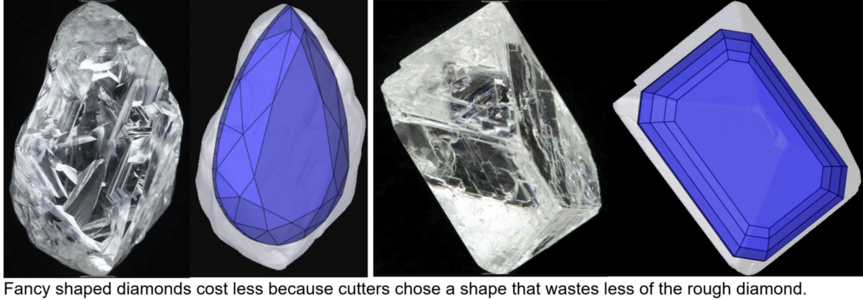
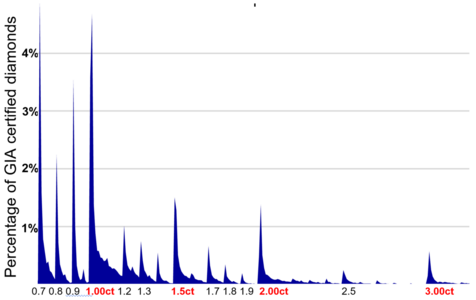
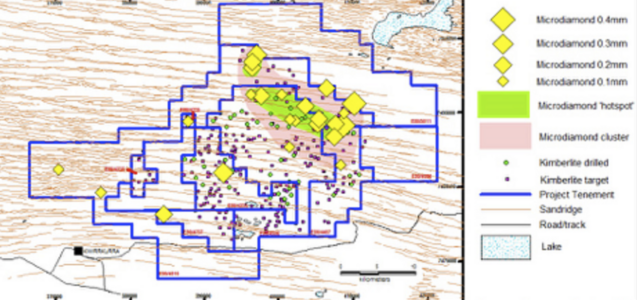
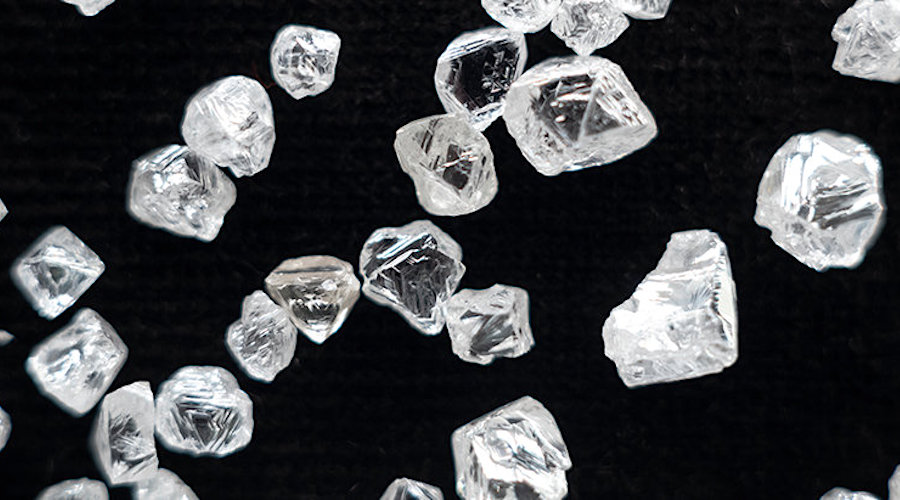
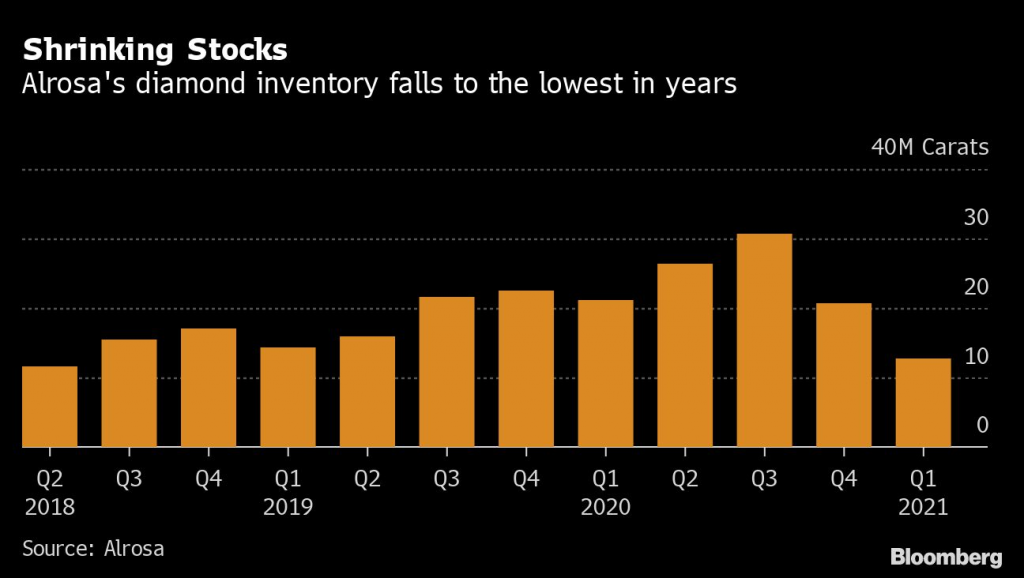


300x240.png)